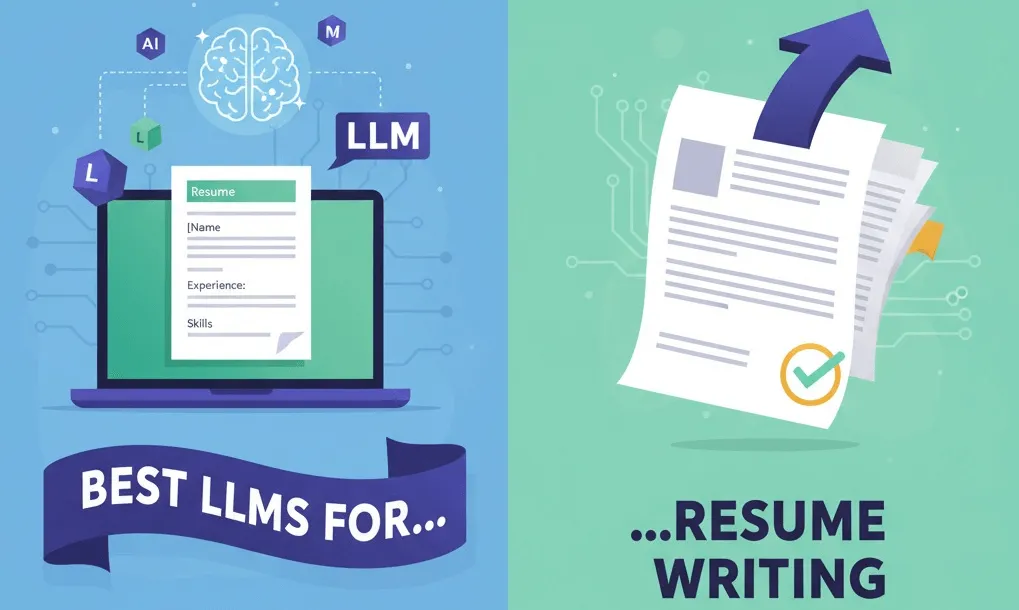
Large Language Models have changed how we approach professional writing, and resume update is no exception. For example, I would use language models to update my resume each time a new project finished, I've found AI to be an invaluable tool that it often captures the full value of my experience in ways I might not recognize on my own.
Rather than debating whether to use AI for resume writing, this guide shares my insights on which models deliver the best results and whether expensive cloud-based options like GPT-5 are necessary, or if free, local alternatives can match or even outperform them.
Run professional-grade LLMs on your own computer. Perfect for resume writing, career pivots, and interview prep—all without subscription fees.
CONTENT:
- What to Look for in an LLM for Resume Writing
- Local LLMs vs Cloud Models: Which Should You Choose?
- Top 6 LLMs for Resume Writing
- How to Set Up Your LLM Resume Writing System
- Creating Custom Prompts & Templates
- Advanced LLM Techniques for Resume Optimization
- Frequently Asked Questions (FAQ)
- Conclusion
What to Look for in an LLM for Resume Writing
When I evaluate LLMs for resume writing, I run the same 10-minute benchmark on every model and score the results. Here's what actually moves the needle for ATS and human reviewers, with examples from my tests.
Clarity and Conciseness
When I tested Claude 4 and GPT-5 with the same bland job description "Responsible for managing social media accounts", Claude turned it into "Increase follower engagement on Instagram and LinkedIn by 40% through a data-driven content strategy," while GPT-5 produced a long, buzzword-heavy list that included several unrealistic claims.
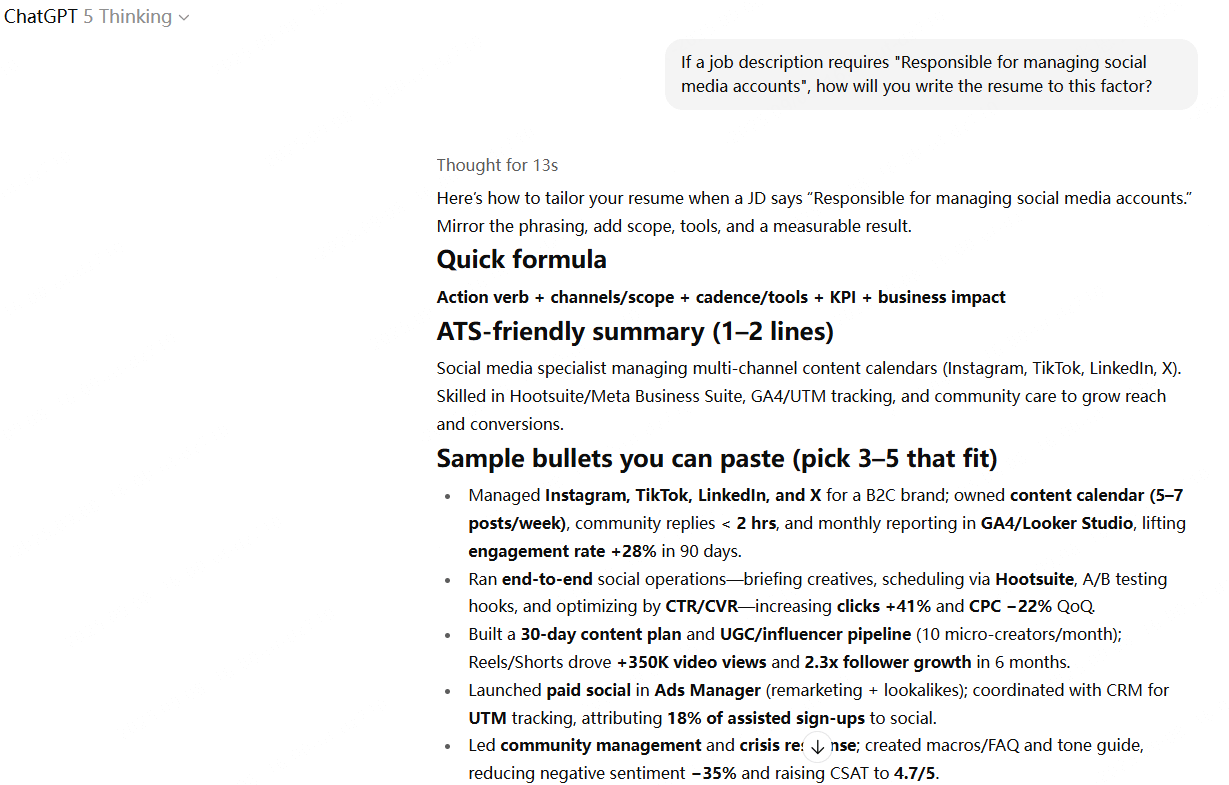
Customization Capabilities
Your ideal LLM should adapt its tone to your industry, seniority, and target role. I often use the prompt "fine-tune the content only if necessary" so it refines without drifting from the model's style.
The Human Touch
After testing dozens of models, I've learned that the best ones avoid robotic phrasing and corporate jargon overload. Test the model you think works best, keep the prompts that perform, and aim for content that reads like it was written by a competent professional.
Cost and Accessibility
While cloud models offer convenience, the subscription costs add up quickly, especially if you're helping friends and family with their resumes too. Local models eliminate ongoing fees and provide complete privacy for sensitive career information.
Technical Considerations
Models trained on professional documents and business writing consistently outperform general-purpose models. The context window length determines how much of your career history the model can consider simultaneously, while strong instruction-following capability ensures the model accurately implements your specific requirements.
Local LLMs vs Cloud Models: Which Should You Choose?
With above factors considers, I test 6 language models and get comparison like this:
| Model | Deploy | Clarity & Concision | Customization | Human-ness | Instruction Following | Total Score /20 |
|---|---|---|---|---|---|---|
| Claude 4 | Cloud | 5 | 4 | 5 | 5 | 19 |
| Gemini 2.5 Pro | Cloud | 5 | 4 | 4 | 5 | 18 |
| GPT-5 | Cloud | 4 | 4 | 4 | 3 | 15 |
| Llama 3.2 (8B) | Local | 4 | 3 | 3 | 4 | 14 |
| Mistral (7B) | Local | 3.5 | 4 | 3 | 4 | 14.5 |
| Phi-4 Mini | Local | 3.5 | 3 | 3 | 4 | 13.5 |
When to Choose Local Models:
Choose local models when privacy is non-negotiable. If you work in healthcare, finance, or legal sectors, keeping your career data off cloud servers isn't just preferable—it's often required. Be especially wary of services that require internet access and login as a must. Local models also excel for high-volume processing. When I helped my university's career center optimize hundreds of student resumes, the ability to run unlimited queries without API costs was game-changing.
When to Choose Cloud Models:
Choose cloud models when you need frequent access to cutting-edge capabilities. If you update your resume quarterly and want the best writing quality, a month of Claude or GPT-5 may be worth it. Cloud models also make sense if your hardware can't handle local deployment or you prioritize immediate access to the latest updates without managing installations.
Top 6 LLMs for Resume Writing
Through hours of testing, I've identified the models that consistently deliver professional results.
1 Claude 4
Claude 4 produces exceptionally natural writing that feels genuinely human but still with perfect logic. His focus will be slightly different from GPT and Gemini, shows his unique. I've found it particularly strong at understanding context and maintaining consistency across different resume sections.
- Consistent tense, tone, and title formatting
- Strong at STAR framing: turns raw experiences into concise impact bullets
- Naturally inserts industry keywords without sounding stuffed
- Great at subtle tone control for senior/exec vs. IC roles
- Low hallucination on dates/titles; safe for factual polishing
- Tends to over-soften highly technical bullets unless prompted to preserve jargon
- Subscription/token limits make heavy iteration pricey
- Cloud-only, not ideal for confidential job searches
2 Gemini 2.5 Pro
Gemini 2.5 Pro surprised me with its logical approach to structuring experiences and quantifying results. For resumes across different industries, I recommend try it and compare with other models to add adjustments. It writes professionally and understands the importance of demonstrating impact rather than listing responsibilities.
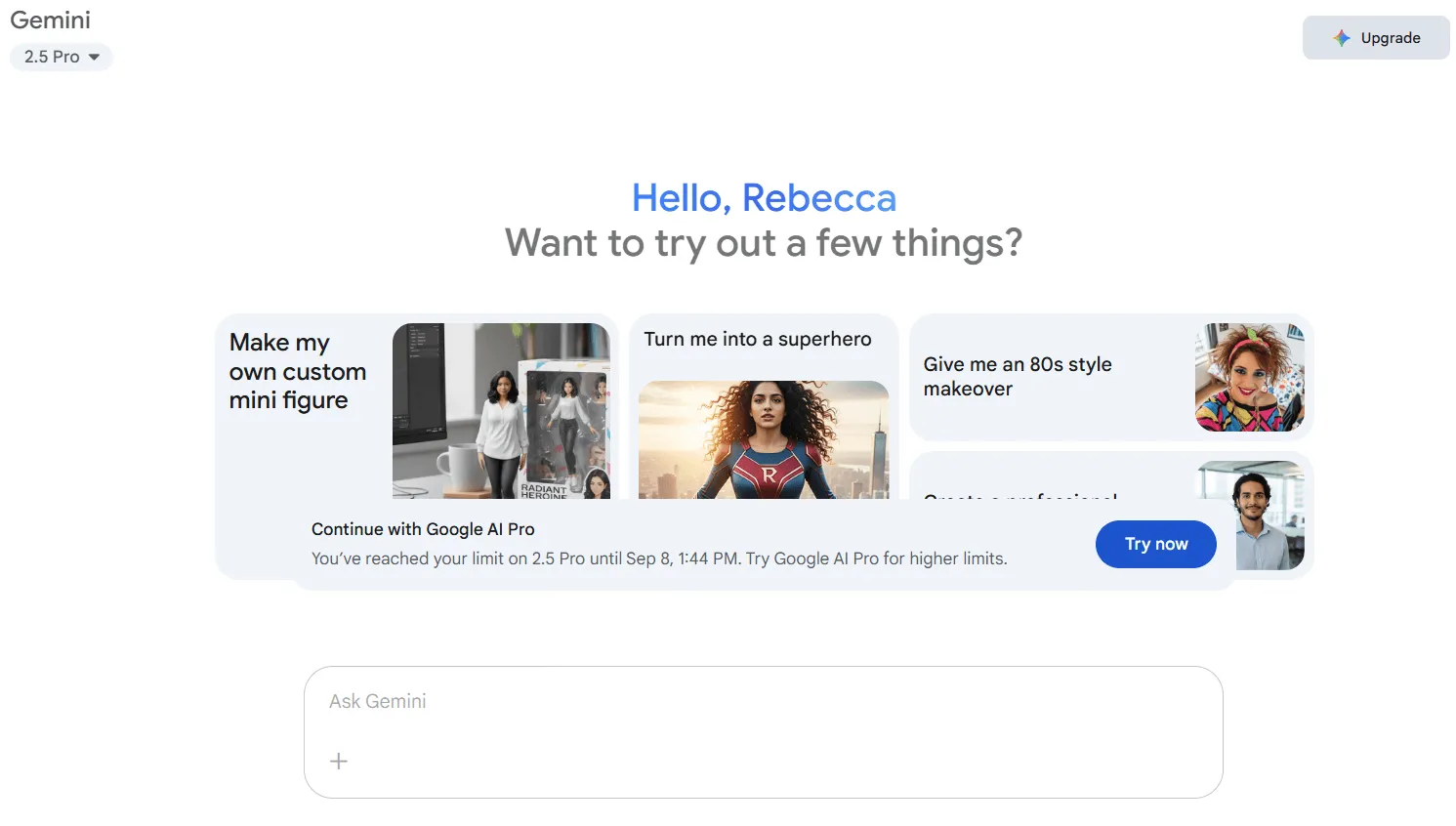
- Clean logical structure; emphasizes outcomes over responsibilities
- Graceful keyword weaving for ATS without awkward phrasing
- Clear "before/after" impact bullets for transformation stories
- Excellent for role-specific rewrites (e.g., "make this PM-focused")
- Solid cross-checking of section consistency (dates, locations, titles)
- May smooth technical detail too far for niche roles
- Token limits/costs constrain multi-version experiments
- Cloud dependency for sensitive data
3 GPT-5
GPT-5 excels at extracting and organizing complex career details from unstructured information. When I feed it my scattered project notes, it identifies achievements I might have overlooked.
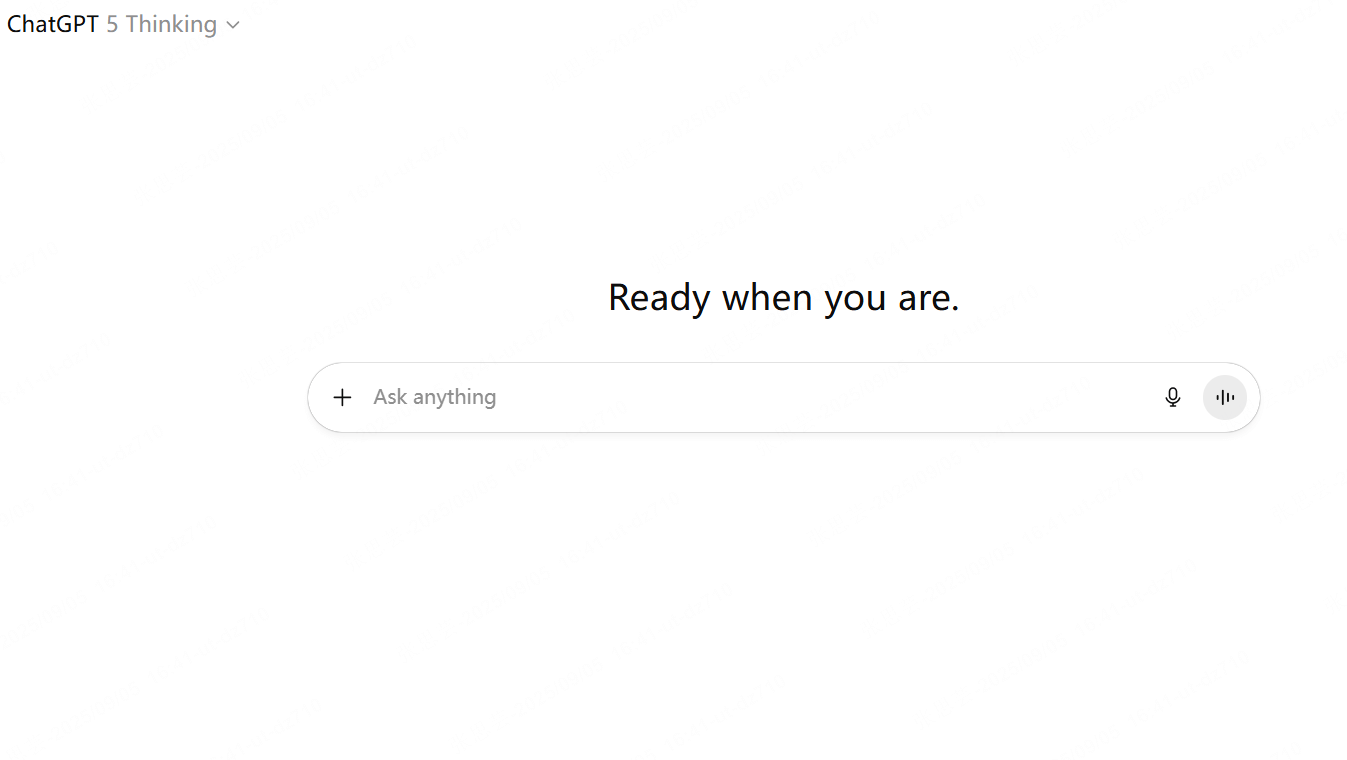
- Superb at mining achievements from messy notes, chat logs, or project dumps
- Groups bullets under the right roles/skills quickly
- Good at creating targeted versions for multiple job descriptions
- Great at quantification prompts ("estimate metrics if reasonable, then mark with ~")
- Smart de-duplication—removes repeated bullets across similar roles
- Drafts can read a bit "template-y" without a style nudge
- Can over-compress nuanced achievements into generic phrases
- Subscription/token costs add up for A/B testing many variants
4 Llama 3.2 (8B and larger, local)
Llama 3.2 has become my go-to local model for technical resumes. Running it locally on my RTX 3070, I've found it particularly effective for software engineering and data science positions. It understands technical stacks and can accurately describe complex projects without oversimplifying.
- Strong technical vocabulary retention for SWE/DS/ML roles
- 8B runs well on consumer GPUs; reliably produces concise, stack-accurate bullets
- Local/private: ideal for stealth searches or proprietary project content
- Great at converting commit history/PR notes into achievements
- Predictable style once you dial a system prompt
- Needs a firm style guide prompt to avoid occasional generic phrasing
- Smaller variants can truncate nuance in complex leadership bullets
- Formatting (tables/columns) needs extra prompting or post-processing
5 Mistral (7B and larger, local)
Mistral models shine for business and consulting resumes. In my experience, they excel at crafting strategic narratives that connect disparate experiences into cohesive career stories. They're particularly good at highlighting transferable skills, making them ideal for career changers.
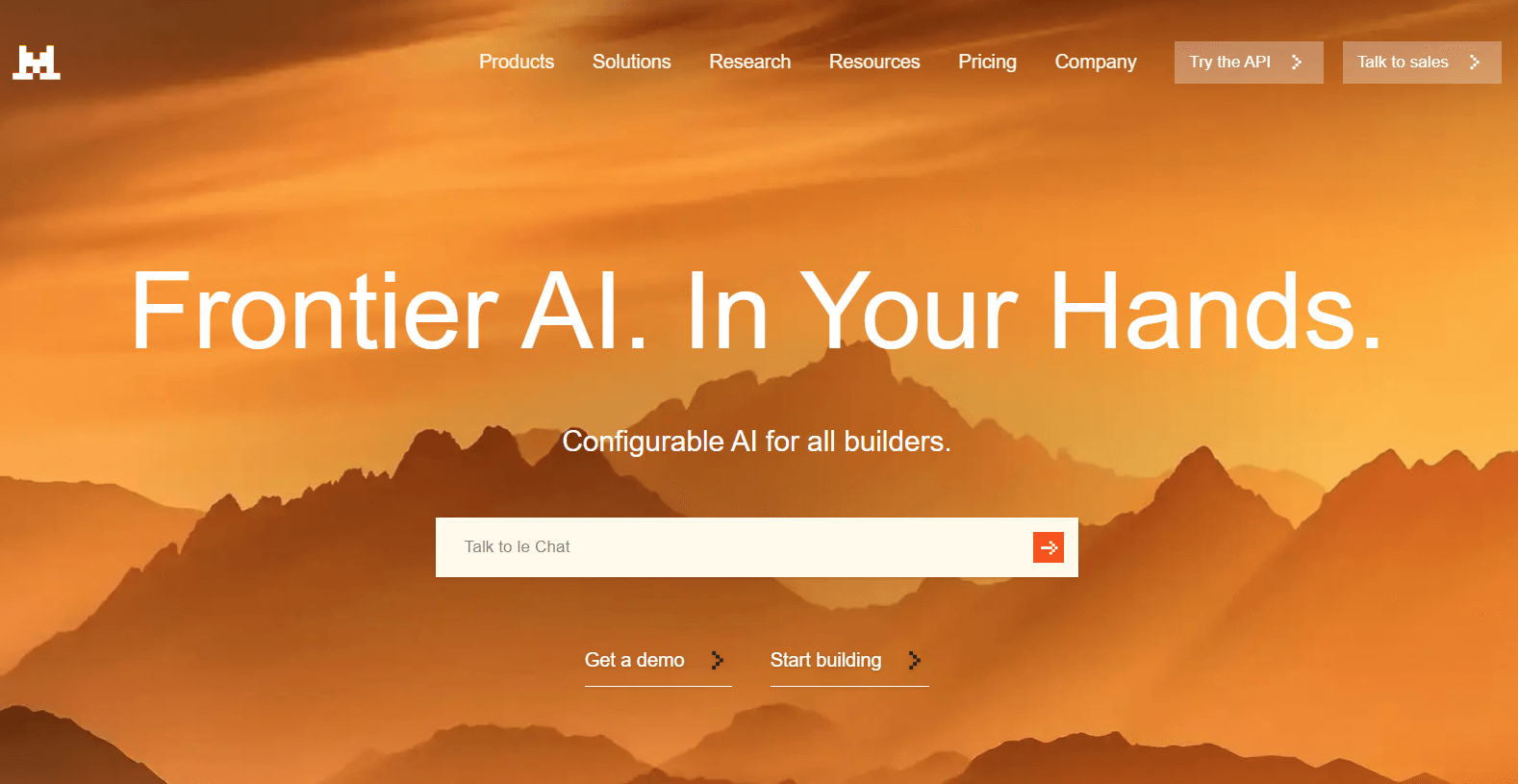
- Great at narrative cohesion: ties diverse roles into a clear trajectory
- Strong at positioning transferable skills for career pivots
- Fast iterations: perfect for fine-tuning bullets per job post
- Polishes "Summary / Profile" into a crisp value proposition
- Good at reducing redundancy across roles
- Can under-specify numbers/tech unless asked to preserve them explicitly
- Requires a style template to keep formatting identical across versions
6 Phi-4
Phi-4 has emerged as a dark horse in resume writing. Despite being primarily designed for coding, I've found it exceptional at structuring technical achievements and quantifying impact. It's particularly strong for engineering, research, and analytical roles where precision matters more than flowery language.
- Follows style guides and checklists with near-zero drift
- Excels at structuring technical achievements and placing metrics where they matter
- Keeps language tight and factual—ideal when precision > flourish
- Low variance across drafts—perfect for templated, high-volume tailoring pipelines
- Efficient/lightweight relative to larger models
- May miss nuanced domain framing without strong guidance
- Can read plain if you need executive presence or storytelling
- Less adept at complex leadership narratives without explicit inputs
Get professional resume writing assistance with complete privacy. Run Llama, Mistral, and other top models locally—no subscriptions, no data sharing.
How to Set Up Your LLM Resume Writing System
Getting started with local LLMs requires understanding your hardware capabilities and choosing the right tools.
Hardware Requirements
Your hardware determines which models you can run effectively. For smooth operation, I recommend at least 16GB of RAM for 7B models, 32GB for 13B models, and 64GB or more for anything larger. GPU acceleration dramatically improves performance—my RTX 3070 with 8GB VRAM handles most 7B models excellently, while 13B models run acceptably with some optimization.
Software Setup with Nut Studio
I've found Nut Studio to be the most user-friendly solution for running local LLMs. The installation process is straightforward:
Step 1: Download and install Nut Studio in just one minute to get started with your AI resume writing assistant.
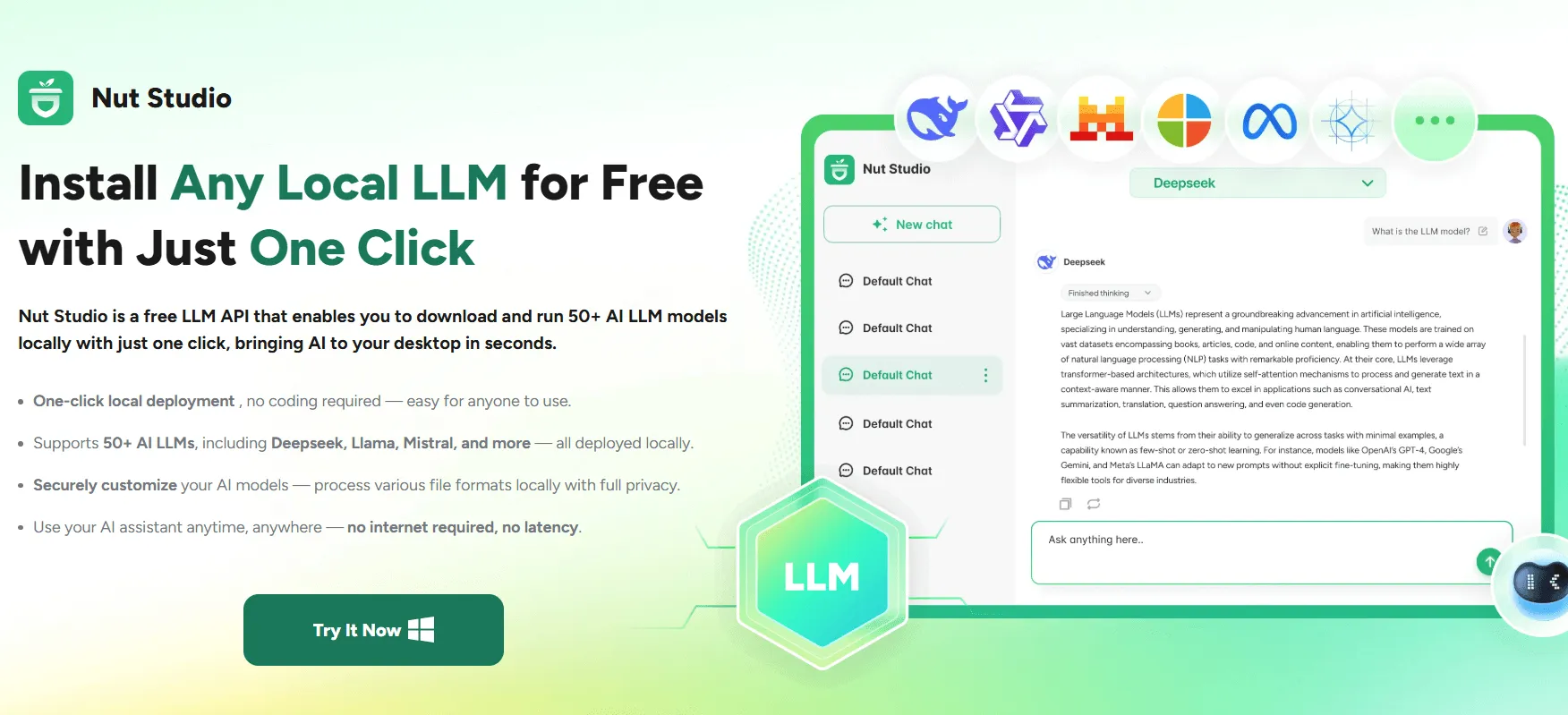
Step 2: Choose from one or multiple available models based on your needs.
The interface conveniently displays which models are compatible with your hardware specifications, so you don't need to worry about system requirements or compatibility issues.
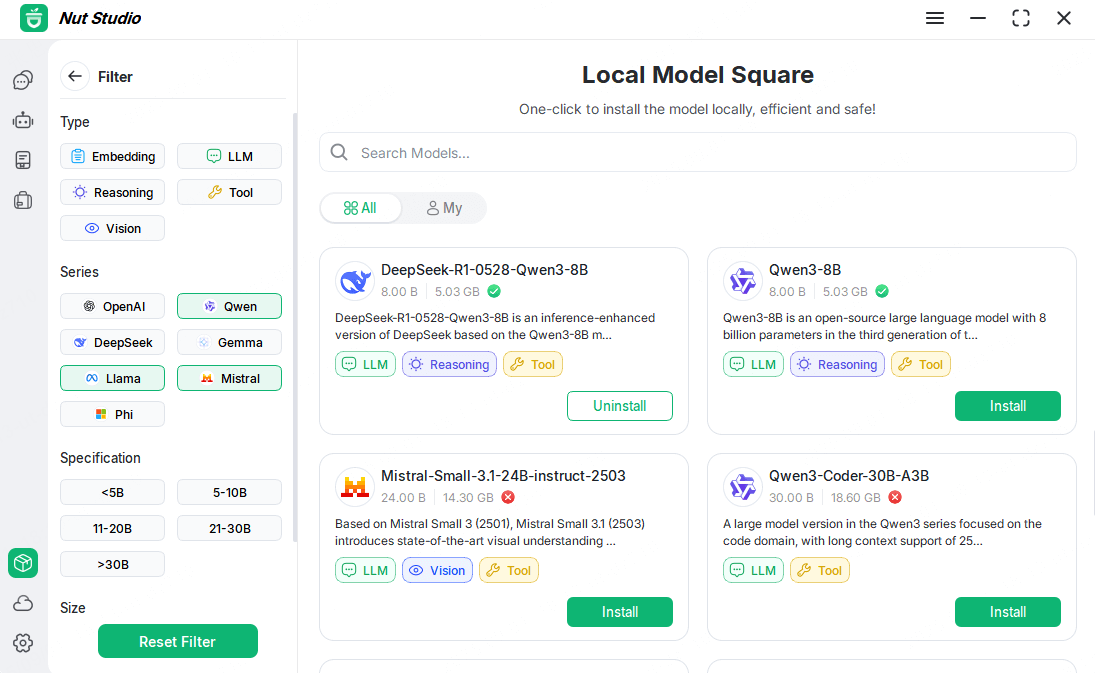
Step 3: Go to Settings and choose Model Running Scheme:
- GPU (Vulkan) — Fast mode. Use if you have a dedicated NVIDIA/AMD graphics card. If it's greyed out or errors appear, switch to CPU.
- Pure CPU — Compatibility mode. Works on any computer, but slower.
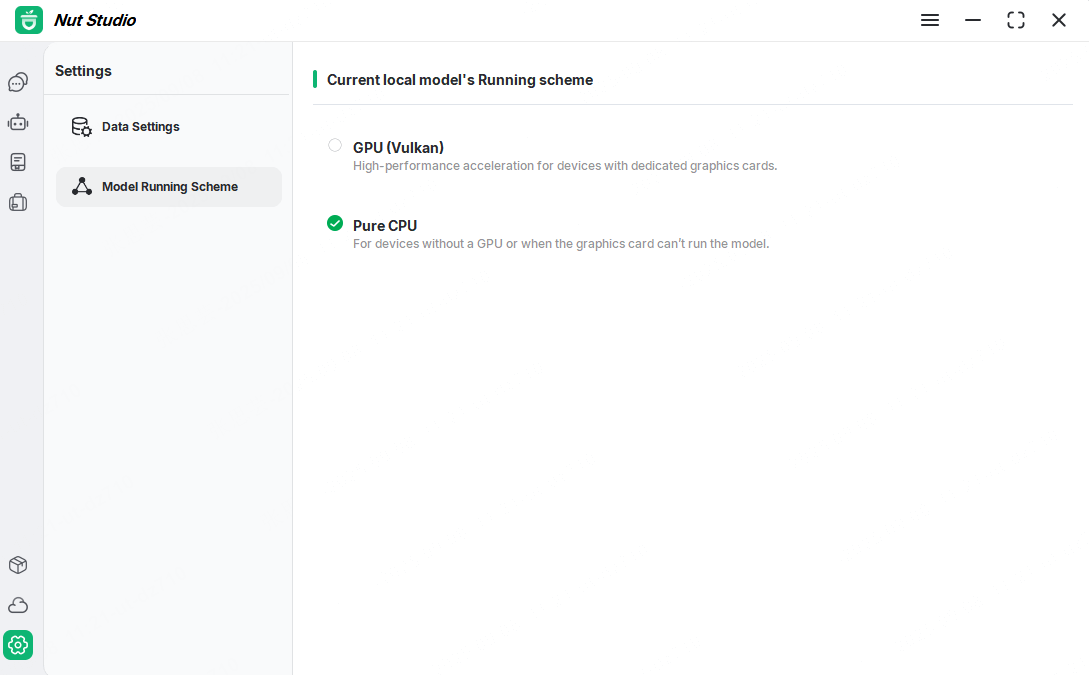
Step 4: In the chat window, paste your customized prompt (replacing any example bullet points with your specific requirements) and begin experimenting with resume updates, professional writing, and other tasks using the built-in knowledge base and MCP tools.
You now have a powerful, private AI assistant ready to help you draft and refine your resume.
But what about optimizing it to beat the Applicant Tracking Systems (ATS) that scan your resume before a human ever sees it? Or tailoring your resume to five different job descriptions in minutes?
I wrote a guide that shows you how to get all of their advanced features, and if you are interested, I wrote a guide that walks you through its advanced features: How to Use Your Personal AI Resume Checker to Get More Interviews.
Creating Custom Prompts & Templates
Effective prompt engineering can turn good AI output into exceptional resumes. Through trial and error, I've developed industry-specific prompts you can use as a reference and adapt to your needs.
For Finance and Consulting Roles:
"I need my resume to pass ATS filters while remaining compelling to human readers. Based on this job description [paste description], optimize my experience bullets to naturally incorporate relevant keywords and demonstrate quantifiable business impact. Focus on financial metrics, strategic initiatives, and stakeholder management."
For Technical Positions:
"Rewrite these bullet points to emphasize technical achievements and system improvements. Use specific technologies, frameworks, and methodologies mentioned in the job posting. Include metrics like performance improvements, uptime percentages, or user base growth. Make it clear how my technical decisions drove business value."
For Executive and Leadership Roles:
"Create a powerful executive summary that immediately communicates my leadership philosophy, industry expertise, and track record of organizational transformation. Each bullet should demonstrate strategic thinking, team building, and measurable business outcomes at the enterprise level."
Advanced LLM Techniques for Resume Optimization
Once you're comfortable with basic LLM usage, these advanced techniques can significantly improve your results.
Multi-Model Approach
I've discovered that different models excel at different resume sections. I often use GPT-5 for initial brainstorming and achievement extraction, Gemini for structuring the professional summary, and Llama for technical skills and project descriptions. This ensemble approach leverages each model's strengths while mitigating individual weaknesses.
Fine-tuning for Your Industry
Creating a custom dataset from strong resumes in your field can significantly improve results. I collected 50 high-quality resumes from senior professionals in my industry and used them to fine-tune a Llama model. You can review public LinkedIn profiles to identify strong examples. The outcomes were notable: the model learned industry-specific phrasing, recognized implicit role hierarchies, and consistently used appropriate technical terminology.
Automated Resume Tailoring Pipelines
For job seekers applying to multiple positions, an automation pipeline can process job descriptions in bulk, extract key requirements, and generate tailored resume versions. The system uses DeepSeek for keyword extraction, Mistral for rewriting bullets to match requirements, and Llama for final polish.
Frequently Asked Questions (FAQ)
Which free LLM is best for resumes?
In my extensive testing, Llama 3.2 8B offers the best balance of quality and accessibility for resume writing. It runs on modest hardware, produces professional output, and handles both technical and business content well. For those with better hardware, the 70B model is a clear step up.
Which LLM gives the most human-like resume writing?
Claude 4 consistently produces the most natural-sounding resume content, followed closely by Gemini 2.5 Pro. Among local models, I've found Mistral's latest versions surprisingly human-like, especially for business and soft-skill descriptions.
Can I run professional-grade LLMs on my laptop?
Absolutely. My laptop with 32GB RAM and an RTX 3070 runs 13B models smoothly and produces resume content indistinguishable from cloud services. Even with 16GB RAM and integrated graphics, you can run quantized 7B models that outperform many cloud options from just two years ago.
How often should I update my resume-writing LLM?
I check for new models quarterly but only upgrade when benchmarks show significant improvements in writing quality. Stability matters more than having the absolute latest version—I'd rather use a well-tested model that consistently delivers than chase every new release.
Conclusion
After hours of testing and several times of resume iterations, I'm convinced that free, local LLMs still have value for most resume-writing needs. The combination of privacy, unlimited usage, and customization possibilities makes local deployment increasingly attractive.
Whether you choose Llama for technical roles, Mistral for business positions, or Phi-4 for analytical careers, you'll find that today's open-source models deliver professional results without the recurring costs or privacy concerns of cloud alternatives.
The key to success isn't finding the "perfect" model—it's understanding your specific needs and choosing the right tool for your situation. Start with a capable local model like Llama 3.2 8B, experiment with different prompts, and gradually develop a workflow that consistently produces compelling, ATS-friendly resumes.
Your career deserves the best tools available, and increasingly, those tools are free, private, and running right on your own hardware. Start with Nut Studio today.
 Nut Studio
Nut Studio














Was this page helpful?
Thanks for your rating
Rated successfully!
You have already rated this article, please do not repeat scoring!